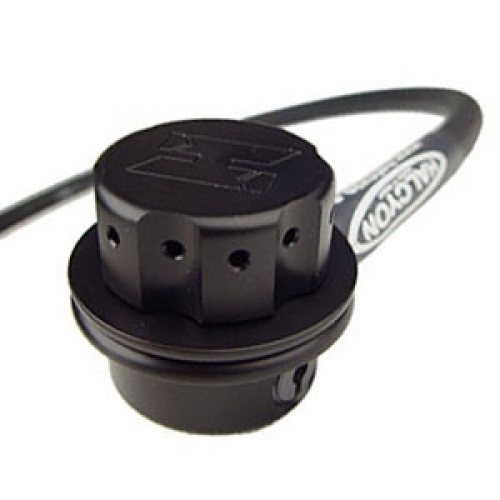The P-valve is usually installed on the inner thigh. To install the valve, a small hole is punched in the drysuit, RTV silicone is applied to the valve, and the valve is put in place. The valve unit has a hose attached to it. The hose runs from the valve to your She-P. When attached, the diver can urinate into the She-P. The urine goes through the tube, out the valve and into the water. It is quite simple and an excellent way to maintain comfort. Dehydration can contribute to the onset of DCS. A p-valve is the way to stay hydrated, stay comfortable in the water, and not “depend” on diapers. Here are some things to know about P-valves:
- There are a few manufacturers of P-valves, but they basically function the same way.
- P-valves can be balanced or un-balanced. Balanced valves equalize the pressure difference between the valve system and the ambient water pressure. Since your body is attached to a urination tube (a flexible container), extreme depths may cause the volume in this tube to decrease. This may cause a squeeze…ouch!! A balanced valve is the best idea.
- Many handy divers can install a P-valve themselves. Most P-valves include an owner’s manual to guide you through the installation.
For She-P users there are no extra modifications needed.
HYDRATE! DIVE! PEE! KEEP DIVING!
Text written by Quincy Morris

